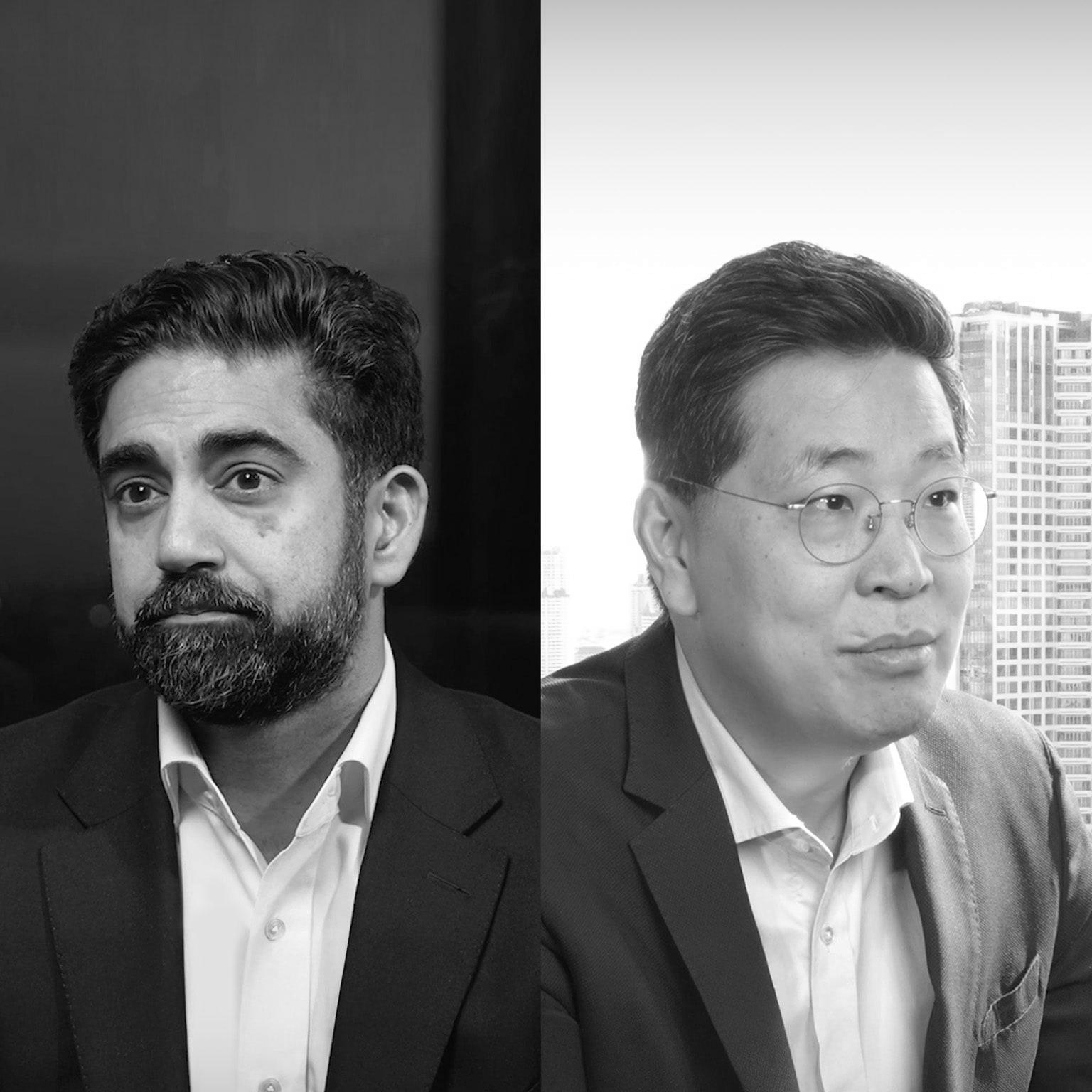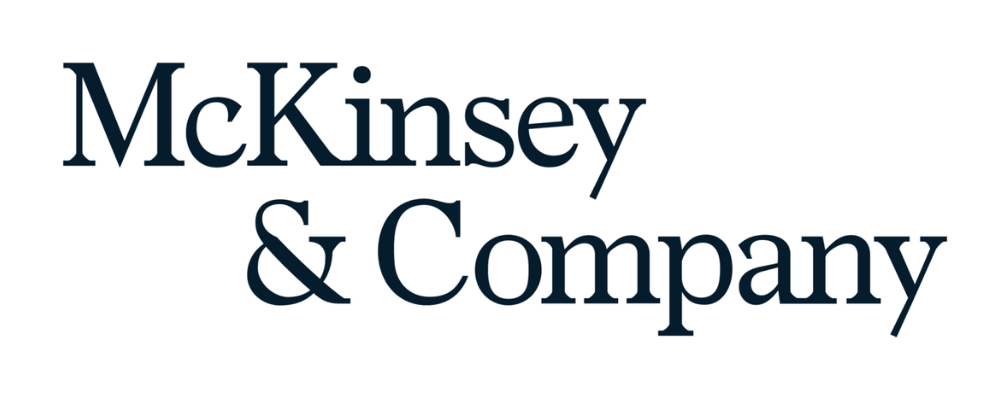
This transcript has been lightly edited for clarity.
Why does capital efficiency matter more than ever today?
Ishaan Nangia: Capital efficiency matters more today than ever because of the confluence of three forces we’re seeing at play. The first is geopolitical uncertainty, driving huge cost increases and supply chain challenges. For example, some materials categories have grown in cost by 90 percent since 2020. If we look at skilled labor across many of the core capabilities, we see supply shortages of more than 30 percent.
Second is growing complexity. The capital projects of today are simply larger and involve more novel technology and more complex engineering than ever before.
Third is scarcity. In most large organizations, capital is once again scarce, and the real leaders in capital efficiency see a deployment of capital as a source of competitive and strategic advantage.
Semiconductors are a great example. There is more than $1 trillion of capital required to be spent by 2030 on fabrication plants alone, making complex trade-offs between capital and operating expense. Optimizing plant layout, or really optimizing the schedule, can have huge benefits for those who get it right.
Jae Jung: Recent megatrends such as fragmented trading routes and increasing tariffs create more difficulties and challenges for megaprojects. When I look at the shipyards in Asia, for example, the problem is that construction productivity has lagged for decades. That means Asian shipyards must deploy more digital tools and advanced capex tools to boost their construction productivity at the site to be more profitable.
The use of AI and gen AI is rapidly increasing. How can capital leaders scale innovations to drive capital efficiency?
Jae Jung: I think it’s a must today for project leaders to fully deploy these AI and gen AI tools across the project life cycle. We clearly see the trend that there are mature emerging AI technologies already deployed at construction sites.
I see a lot of adoption, even for the leading players in semiconductors, shipbuilding, and mining.
Secondly, when I think about emerging AI technologies, I see a clear trend that more AI tools are being deployed in basic engineering and then design. There’s a rapid 3D layout for early-stage design. There are also emerging technologies around the contract, using AI to go deeper into the contract and then finding out how to optimize the contract going forward.
Many leading companies are already collaborating with external AI solution companies to develop the prototype through to the pilot, and then thinking about how to internalize this going forward.
Ishaan Nangia: The leaders in capital projects technology invest just as much in change management as they do in the deployment of the technology. And they do this by involving their teams from the ground up in the co-creation of the tools that eventually get used at the front line, and by investing heavily in training and coaching throughout the organization.
“Our firm is designed to operate as one—a single global partnership united by a strong set of values. We are equally committed to both sides of our mission: attracting and developing a talented and diverse group of colleagues and helping our clients create meaningful and lasting change.
From the C-suite to the front line, we partner with clients to help them innovate more sustainably, achieve lasting gains in performance, and build workforces that will thrive for this generation and the next.”
Please visit the firm link to site


